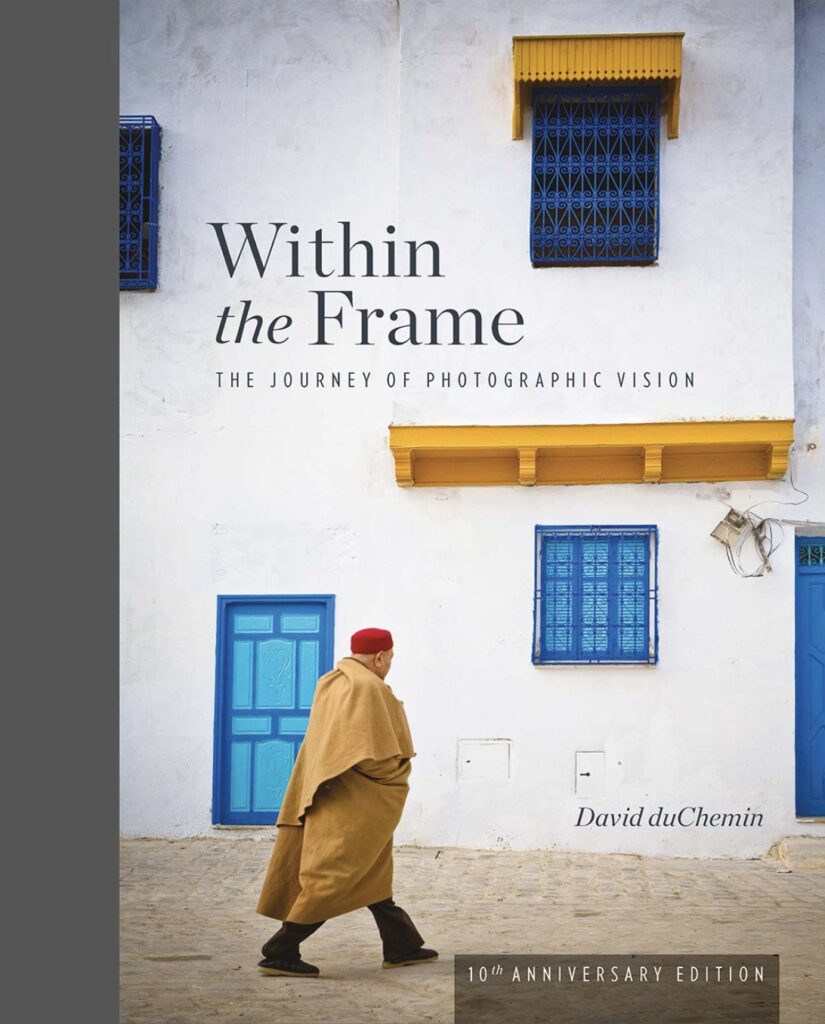The Schweigen Trio
Last Saturday I spent a very enjoyable afternoon photographing three talented (and charming) music students at Wilfrid Laurier University. They were Heidi Wall, Jeremy Bauman, and Miriam Stewart-Kroeker, who together call themselves the Schweigen Trio: All three of them exhibit a wealth of expression in their playing, and it was truly fascinating watching them play. Miriam, playing the cello, was perhaps the easiest to photograph since the size of the cello lends itself to a more varied range of movements, hand positions, and expressions. Camera: Canon 7D Lens: Sigma Ex […]
The Schweigen Trio Read More »




